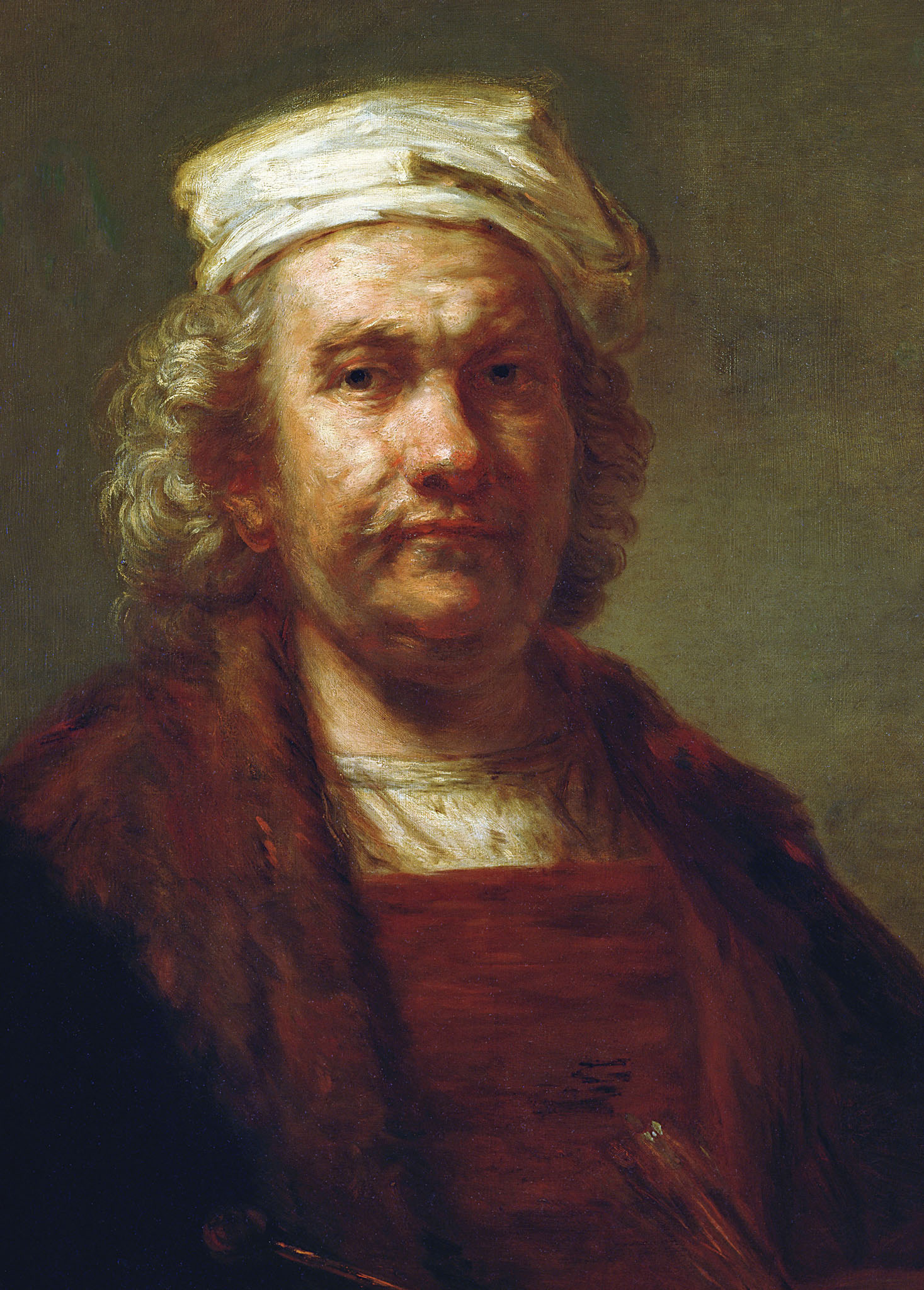RIJKSMUSEUM FEATURES

Museum Floor Plan
1. The Building
The architect P. J. H. Cuypers attracted strong criticism from the Protestant community, who took exception to the building’s Neo-Gothic roofs and ornately decorated façade. King William III refused to set foot inside.
2. The Gardens
A little-known, immaculate haven, these are studded with statues and architectural curiosities.
3. Atrium
The entrance and heart of the museum, the two courtyards of the Atrium—now restored to their original 1885 condition—are linked by an underground passageway.
4. Terrazzo Floor
Covered in 1920 and removed in the late 20th century, Cuypers’ original terrazzo floor has been restored to its former glory. Hundreds of thousands of small marble stones make up this floor, which is rich in symbolism.
5. Library
The library is only open to researchers of art history, but museum visitors can take a look from a gallery on the second floor to view its impressive interior and book collection.
6. Asian Pavilion
A quiet, meditative place, this is a wonderful retreat from the swarming masses. Elsewhere, Dutch art proliferates; the Asian Pavilion offers an insight into a different culture, with works spanning 4,000 years from 2000 BCE.

Seated Guanyin, Asian Pavilion
7. Special Collection
The Special Collection ranges from amusing to bizarre, with rooms full of boxes; animals; Meissen porcelain; miniature silver; an armory; and even the hair of Jacoba of Bavaria, the 15th-century Countess of Holland and Zeeland.
8. The Golden Age
Renowned the world over for its 17th-century collection, the Rijksmuseum draws many visitors to see paintings by Dutch masters such as Rembrandt, Jan Vermeer, Jan Steen, and Frans Hals.
9. Modern Art
Two loftlike spaces on the third floor house art from the 20th century: one 1900–1950, the other 1950–2000.
10. Great Hall
The second-floor Great Hall has been reconstructed to how it looked in Cuypers’ day, with elaborate, beautiful late 19th-century decoration.
REMBRANDT AND THE NIGHT WATCH
Popular belief holds that Rembrandt’s greatest painting, The Night Watch (1642), was responsible for his change in fortune from rich man to pauper. In fact, it was more a case of poor personal financial management than of public dissatisfaction with the artist, although it’s very likely that the militiamen who commissioned the portrait would have been dismayed at the result. The Night Watch differs radically from other contemporary portraits of companies of civic guards, in which they are depicted seated, serious, and soberly dressed. Rembrandt, by contrast, shows a tumultuous scene—the captain issuing orders to his lieutenant and the men taking up arms ready to march. This huge painting was originally even larger, but it was drastically cut down in 1715, when it was moved to the town hall, and tragically the other pieces of the masterpiece were lost. In 1975, the painting was slashed but was meticulously repaired.

Self-Portrait, Rembrandt

The Night Watch by Rembrandt, was arguably the 17th-century Dutch master’s greatest-ever work.
TOP 10 EVENTS IN REMBRANDT’S LIFE
1. Born in Leiden (1606)
2. Studies with Pieter Lastman (1624)
3. Receives first important commission and marries Saskia van Uylenburgh (1634)
4. Reputation grows; buys large house in Amsterdam (1639)—now the Museum Het Rembrandthuis
5. Titus, his only child to survive into adulthood, is born (1641)
6. Saskia dies; The Night Watch is completed (1642)
7. Hendrickje Stoffels moves in (1649)
8. Applies for bankruptcy (1656)
9. Titus and Hendrickje acquire the rights to his work (1660)
10. Death of Titus (1668); in October the following year, Rembrandt dies
